Many gardeners might think that the growing season applies mostly to spring and summer. But let us not forget about fall gardens! The end of summer does not mean that the growing season is over. It only means that after summer, fall comes and we should be ready to plant our seedlings in the ground for fall gardens and harvests before the hard frost. Let us take a look at when to start to fall gardens so the seedlings are well-mature and ready to be planted in the ground for the fall garden once we harvest our summer crops.
Prepare a garden for fall in the middle of the summer, starting with longer-growing vegetables like broccoli, cauliflower, brussels sprouts, cabbage, carrots, and celery about 10-12 weeks before the first frost date. Then about 8-10 weeks sow the seeds of faster-growing leafy greens like arugula, Swiss chard, kale, lettuce, mustard greens, spinach, and Chinese cabbage. At about 6-8 weeks before the first frost, it is time to sow root vegetables like beets and radishes. All these beside carrots will do well started indoors or direct seeded. Once the fall arrives and with-it cooler night temperatures and shorter days, the seedlings of the plants should be already well mature and established. A fall garden starts in summer so in fall, the plants grow, set fruit, and are ready to be harvested.
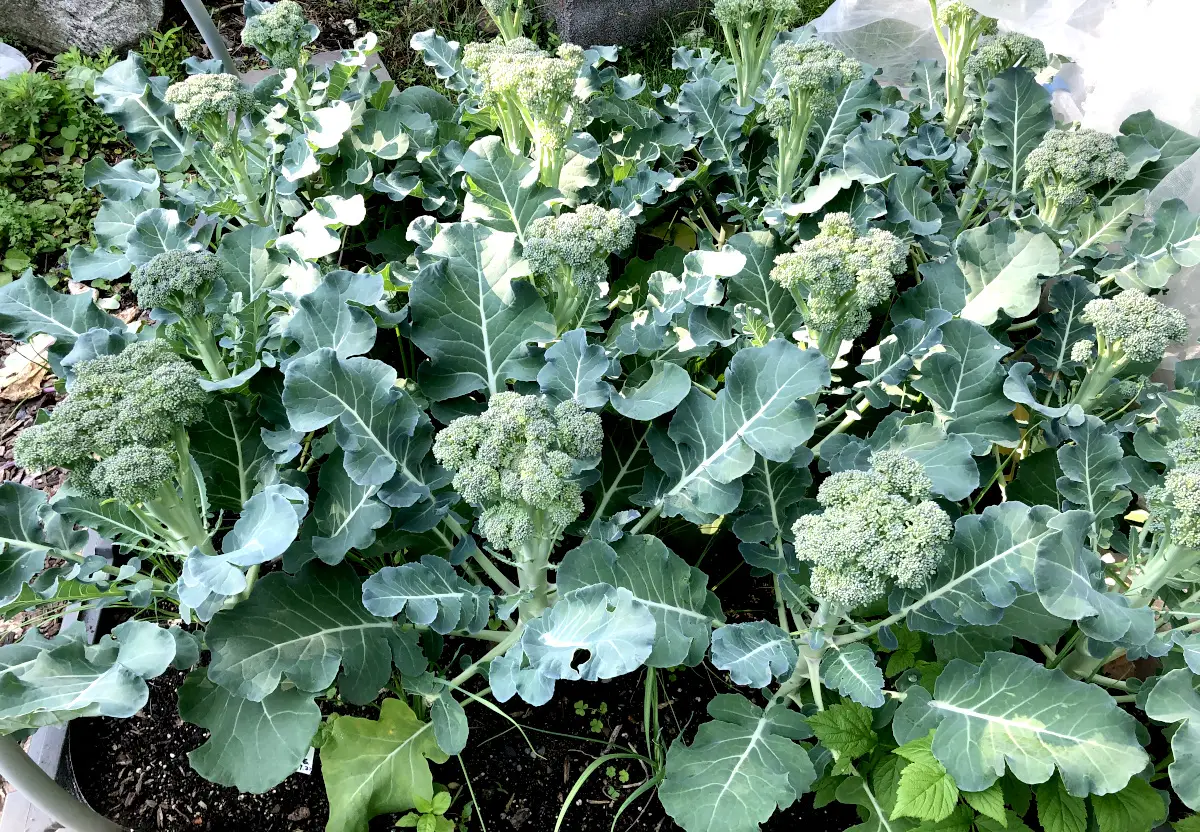
TIP: The easiest way to calculate when to start your fall garden is to count how many days you still have between now and the first frost date in your area. Count how many days are left. Sow the seeds of crops that are able to mature within those days plus minus 2 weeks for cool crops which can withstand light frost. Sow the quick maturing warm-weather crops first and then later in the summer, start your cool-weather crops.
What do hardiness zones mean and how to determine yours
I like the fall season, and planting in the garden in the fall. I feel like fall is a second chance to grow our cool-weather crops and here and there still have enough time to get some quick maturing summer crops like zucchini and such.
A GOOD READ: Most popular cool-weather crops for home gardens
This year, carrots were very finicky for me, I still planted in succession during the late spring and beginning of summer, but I think fall, will be the season when my carrots will get their true second chance to grow.
What is a fall garden?
A fall garden is simply a garden that continues to produce food and crops in the fall all the way to winter. A fall garden is simply a continuation of the growing season. When the summer ends, it does not mean the growing season ends. It simply means it is time to grow something else like cool-weather crops or short-season and fast-maturing warm-weather crops.
How do you start a fall garden?
Start by sowing the seeds of vegetables you want to grow in your fall garden. Best are cool-weather crops like broccoli, cabbage, cauliflower, carrots, leafy greens, and root vegetables. Start the seeds in the middle of the summer or by the end of the summer so the seedlings are well established once the night temperatures drop and the days get shorter. Some fast-maturing summer crops like zucchini can also be grown in a fall garden.
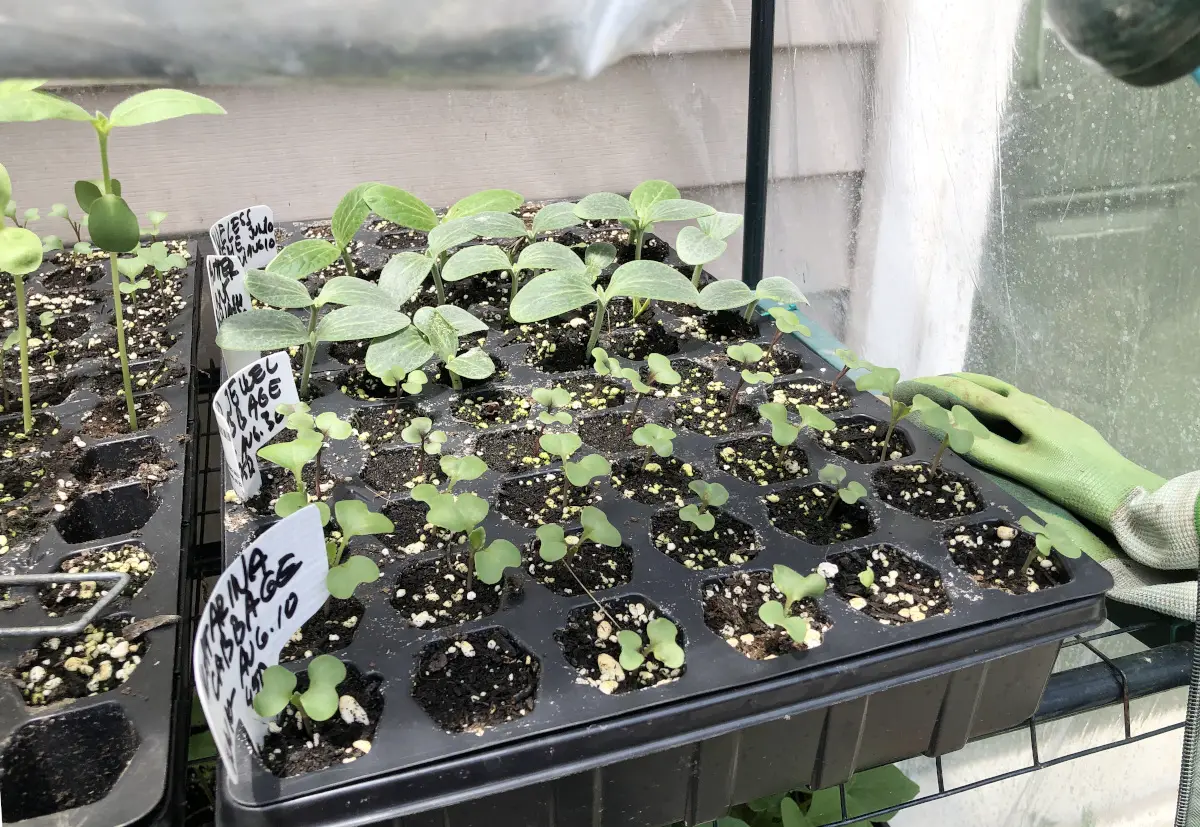
Why plant a fall garden?
Plant a fall garden to extend and prolong your growing season to make the most of it and maximize your growing space. Fall gardens will be also more relaxing, less stressful, and very joyful because it is always nice to see green when the trees are getting bare. Also, you will be harvesting precious crops to stock up your pantry and cook with fresh produce from your garden, even when most people are done and have already bare gardens.
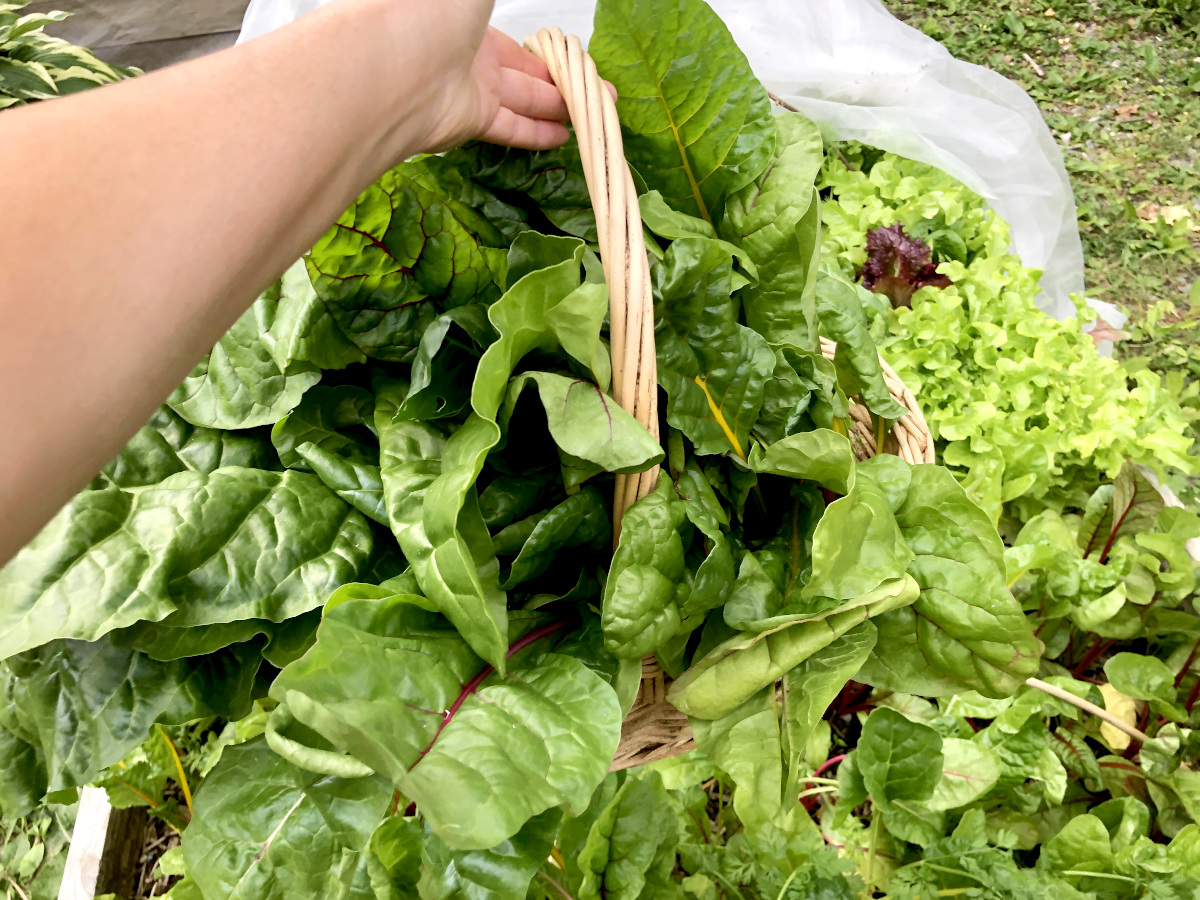
How often do you water a fall garden?
Water your garden with 1-2 inches of water a month. The best is to water at the base of the plants and deeply so the water gets directly to the roots to keep the plants hydrated and does not sit on foliage. If raining, check the soil if the rainwater penetrated deeply enough. Most of the time the rain does not provide deep enough watering for the garden, though it might aid your watering a bit. With heavy and frequent fall rains, you might need to water less. The best is to check the soil if it needs watering at all.
A GOOD READ: How and when to water vegetable garden
When should you start preparing a garden for fall?
The middle of the summer is the perfect time to start sowing seeds for the fall garden. Most fall home gardens are started from seeds sowed between June and the end of October, depending on the hardiness zone and the date of the first expected frost in your area. Sow early maturing warm-weather crops end of June and in July. Then sow seeds of cool crops from August, through October.
A GOOD READ: How to start seeds and care for seedlings
Many gardeners make a mistake by planting the seeds for the fall garden when already well in the fall season. The seeds sprout, and seedlings start to mature but do not have time to establish themselves well before the cool nights hit and stunt the growth. The days become shorter and the plant has no energy and time to set fruit and bring it to maturity. Therefore, start the seeds in the middle of the summer so the seeds have enough time to sprout and grow and the seedlings have enough time to mature well before the days get shorter and the nights cooler. A well-established plant will have enough time and energy to set fruit and bring it to maturity before the hard frost takes it away.
For example, in my zone 6, brassicas, like broccoli, cauliflower, and cabbage are to be sowed the first week of July. This year I am experimenting with sowing them in the middle of June to see how they will do. I might do a succession planting, to compare the harvests and decide what sowing dates are best for my fall garden. I also like to add the full 30 days to the days to maturing stated on the seed packet to count shorter days into account. Fall garden, lower temperatures, and shorter days make the fruit mature longer, so take that into account when starting your fall garden. When it comes to a fall garden, it is better to start a bit earlier than too late.
TIP: Add at least 2 weeks, if possible full 30 days to the days to harvest compared to what the seed packet says, taking the shortening of the days into account. This will ensure that you will be able to harvest the fruit when fully matured, before the hard frost.
What should I add to my garden in the fall?
Add to your garden lots of organic matter for nutrients and structure improvement. The best organic matter to use in the fall garden is compost, warm castings, leaf mold, and aged animal manure.
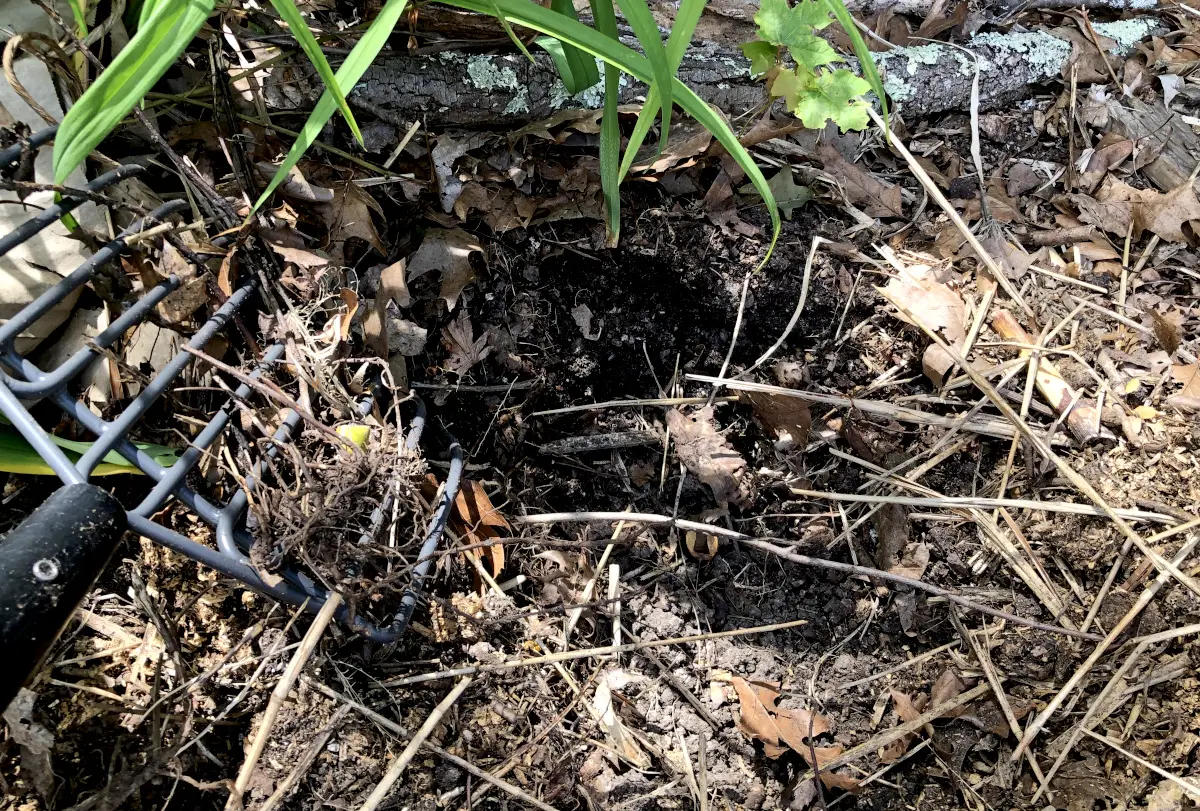
TIP: I have a pile of compost going on all year long, but mostly harvest only 2x a year from that pile. My first compost harvest is in spring for the spring garden when everything on the bottom is well composted. Spring compost harvest was going on from fall till spring, so there was plenty of time for compost to be created. The second compost harvest is in the fall. My fall compost harvest was going on from spring till fall, so there was enough time for nice compost to accumulate on the bottom of the pile. I always add to my compost pile. I simply dig a hole in the pile, drop my kitchen scraps and garden clippings, and then cover it with the compost that is going on in the pile. I do that all year. I do not add to my compost only when it is frozen, or when I add my kitchen scraps directly into garden beds by trench composting. Thus, when spring and fall come and the garden beds need to be rejuvenated, my homemade compost on the bottom of the pile is ready! Yay! Plus, I have minimum waste from my garden and kitchen. A win-win situation!
EXTRA TIP: I water my compost pile from time to time, as I water my garden and I pass by it with a hose, to keep moisture in the pile for microbes to thrive in. I gather my kitchen scraps all day in a plastic lunch box that I keep in the sink. At the end of the day, or when the box is full, I fill the rest of it with water and then add it all to my compost pile. This will keep moisture in the pile at all times, and keep all the beneficial microbes and worms alive and thriving. Do not let your compost pile dry out completely because microbes and worms thrive in a moist environment.
How do I transition my garden from summer to fall?
Prepare the soil by refreshing and rejuvenating it. Eliminated the weeds, and refresh the soil by loosening it up with a garden fork if needed. Add compost, well-aged animal manure, or other organic matter of your choice into the soil and mix with a slow-release fertilizer if needed. Once the soil is well rejuvenated, it is ready to be planted again with fall crops. Add garden mulch on top of the soil to retain moisture and suppress the growth of weeds.
When to plant bulbs in the garden
Fall is an ideal time to plant bulbs in the garden. Spring flowering bulbs like tulips, daffodils, and others are best to plant 6-8 weeks before the first frost date. In southern, warmer climates, plant bulbs in December. In northern, cooler climates, plant bulbs anytime between September and November after the soil has cooled down. In general, spring-blooming bulbs require certain chill hours in order to boom, therefore the best time to plant them is in the fall.
When to plant garlic?
Fall is ideal to plant garlic. As a rule of thumb, garlic is planted between September and November. In locations with hard frost, plant garlic about 6-8 weeks before the first fall frost date and before the ground freezes. Planting garlic in the fall will allow the cloves to grow roots and it will be the first green plant in the spring garden.
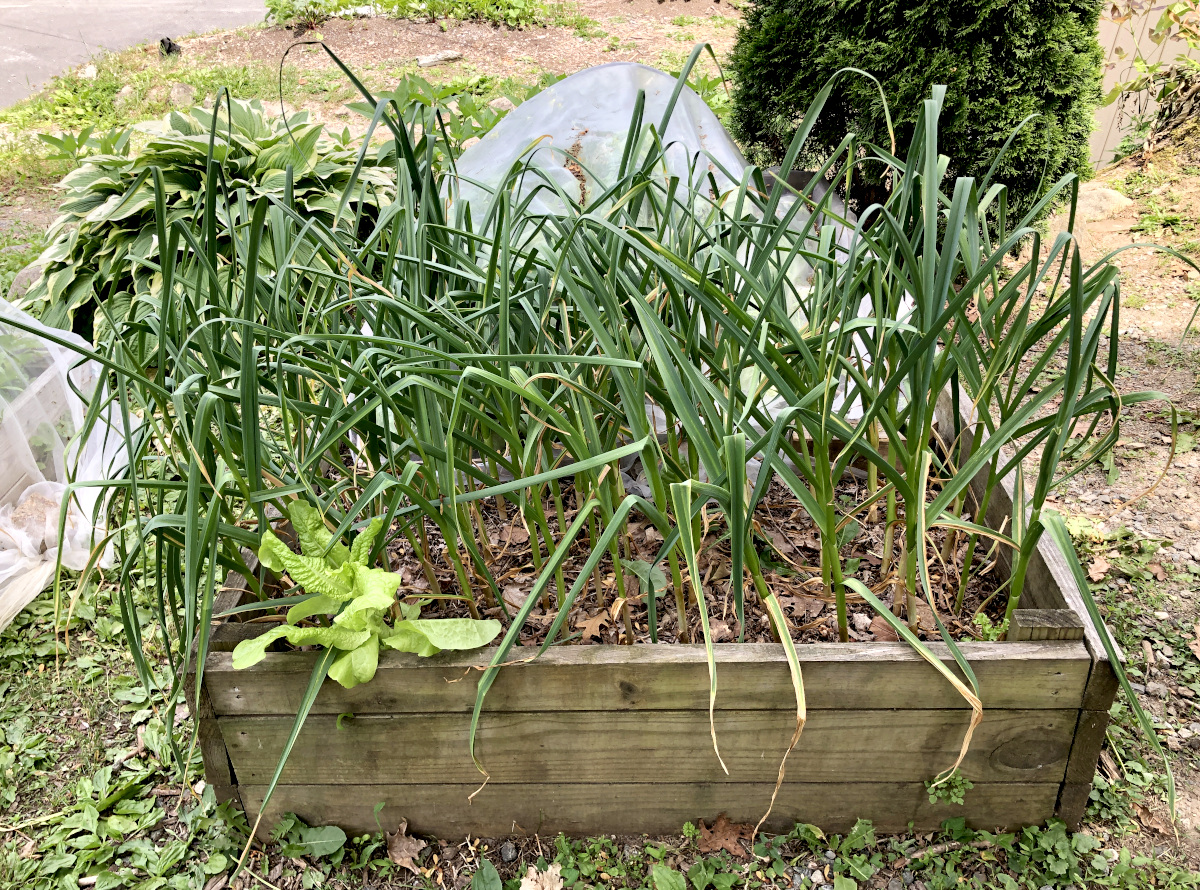
When is too late to start a fall garden?
In general, it is too late to plant a fall garden once the first frost has arrived. It is too late to plant vegetables besides garlic! It is the perfect time to plant garlic and spring flower bulbs. The best is to start a fall vegetable garden between 6-12 weeks before the first frost, depending on what cool-weather vegetables are sowed.
TIP: Have frost covers ready when growing a fall garden. I bought my garden frost covers about 4 years ago and still have and use them in good shape. They last for several seasons. I always have them ready in the early spring and for my fall garden. I only use them when needed for plants that would be damaged by frost. If I have cool-weather crops and the frost is light I do not bother to cover them, because they can deal with it. Have I had surprise frost coming and young seedlings in, I would cover for protection. When I do not need them, I let them dry if needed, then simply roll them up and store them in plastic garbage bags in a shed. That’s it. When I need them, I know where to find them, take them out, and use them. Very easy and no hustle to use them especially when you have hoops on your garden beds. Have I mentioned that I grow my own hoops? Yep! From the cut-down tree stumps started to grow new tree branches. I harvest them once they are about 6-8 feet long or as long as I need them. I then bent them into hoops. They bend easily because the young wood is playable. I stick them in the garden bed and as they dry out, they are very sturdy! Stumps send out new branches every year for continued harvest! If you have no cut-down tree stumps producing any new branches, then trip those trees and use their long branches, I do that with some of my trees whose branches get in the way and need some trimming.
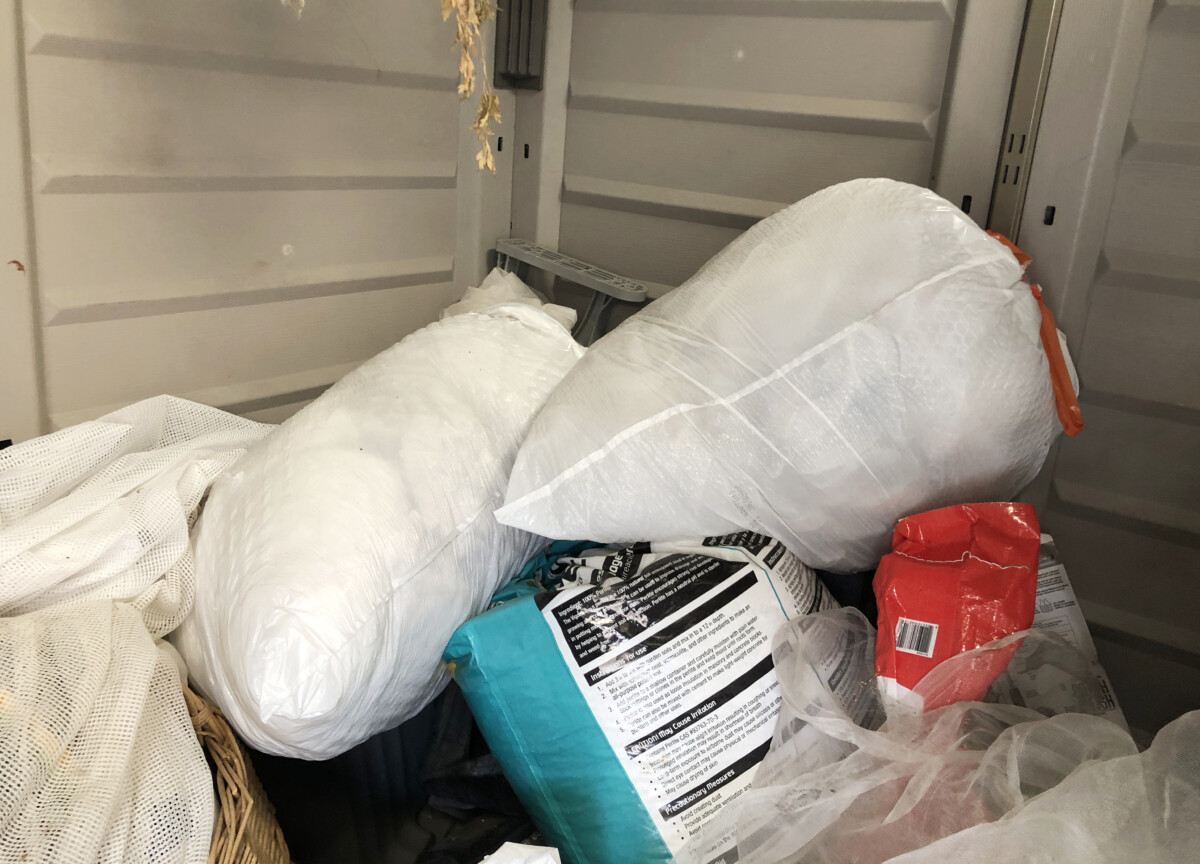
Share with me and the readers like you, whether you will give fall garden a try this year!
When, how to plant Swiss chard with large leaves, no bolting
When and how to plant broccoli to get big heads!

